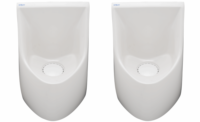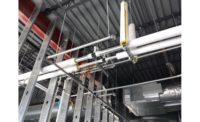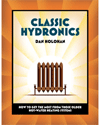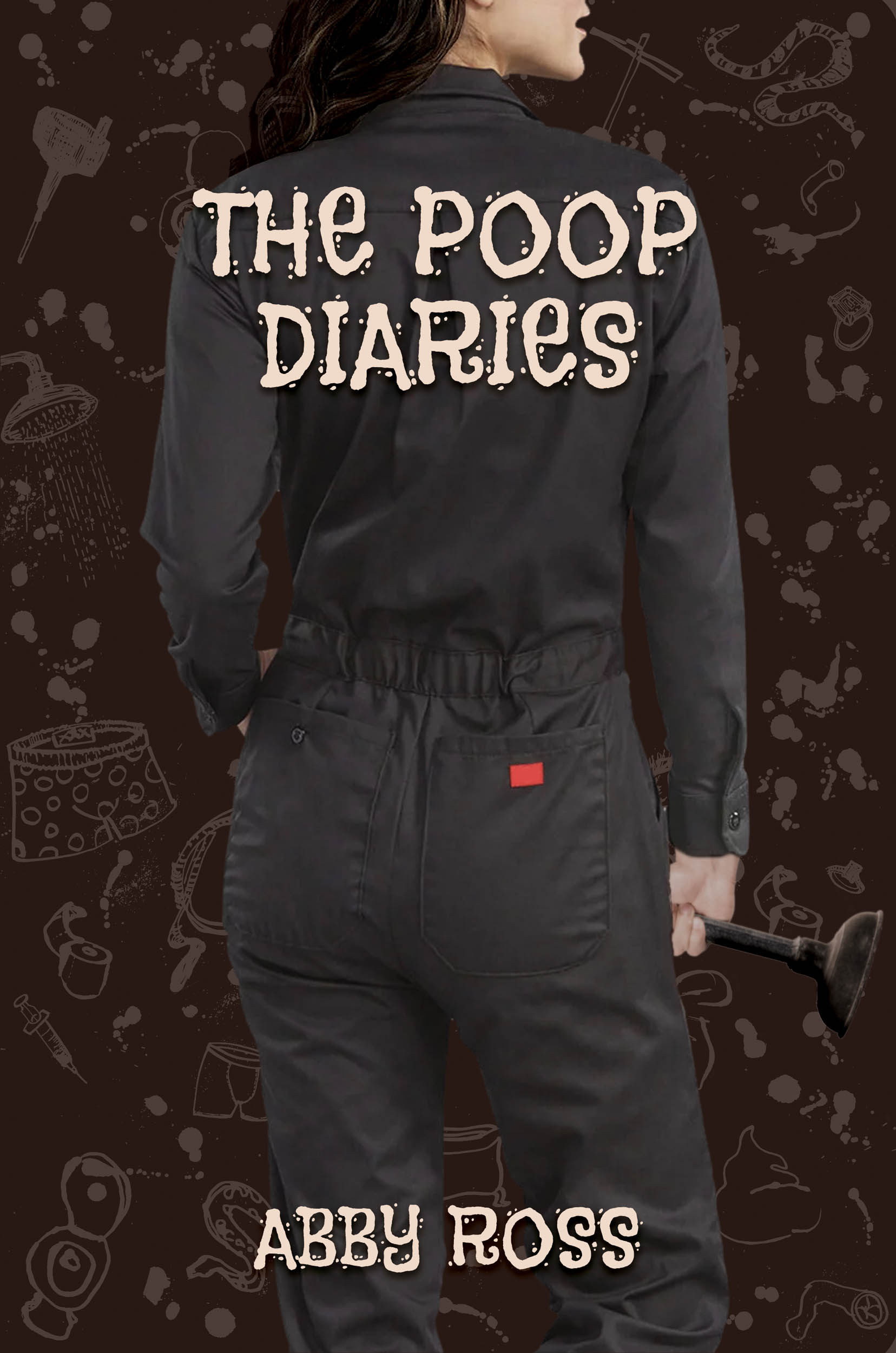As the oldest manufacturer of waterless urinals in North America, Klaus Reichardt, CEO and founder of Waterless Co., says he has heard just about every question imaginable about the devices.
Years ago, he says, the questions were more elementary, like:
• How do they work?
• How much water can they save?
• How do you use them?
However, today, building owners know more about waterless urinals and have “far more weighty questions.”
According to Reichardt, the six most common questions he gets today — and their answers — are listed below:
Do we need them?
This all depends on the number of males using the building and if this is new construction or restroom renovation. If new construction, there are few reasons not to install no-water urinals. If a retrofit, and ten or fewer males use the facility, the return on the investment may not prove worthwhile at this time. But with rising water and sewer rates, reconsideration may be necessary at a future date.
What is the return on the investment?
This can vary, based on the number of males in the facility, water and sewer rates, and the age of the urinals. Waterless urinals range in price from $250 to $500 per unit. In most cases, the return on the investment is about two years or less.
Do they cost more to install than traditional urinals?
No, installation charges are usually less because no flush valves or water lines are involved.
If we installed waterless urinals and then remove them, will we lose our LEED certification?
Yes, if many of the LEED credits earned by the facility were due to reduced water consumption.
Are their odor issues we should be aware of?
Sewer odors can be released if steps are not taken to block them. Most waterless urinals have cartridges installed in the base of the urinal. Filled with barrier fluids, these cylinders suppress odors and block vapors. Proper cleaning will also help prevent odors.
Don’t the costs of the cartridges exceed the water/sewer cost savings?
The answer is yes, and no. Some cartridges are costly and must be replaced every couple of months. Others are relatively inexpensive and interestingly, last longer. Investigate the different systems available before selecting any no-water urinals.








